One of the most beautiful tourist destinations, Himachal Pradesh is truly a sight to behold. The state is studded with beautiful hill towns, each with its own cultures and unique things to see. There are many wildlife sanctuaries in Himachal Pradesh.
Here are the top 10 wildlife sanctuaries in Himachal Pradesh
1. Great Himalayan National Park
The Great Himalayan National Park is one of India’s most unusual and well-known national parks. Located in Banjaar, a Kullu district subdivision, the National Park is spread across an area of 754 square kilometers. It was also named as a World Heritage Site in 2010 by UNESCO.
The national park is home to 160 settlements engaged in vermicomposting, organic farming, medical plant cultivation, ecotourism, and a variety of other revenue-generating activities. Bharal, Indian pika, mongoose, Himalayan black bear, Himalayan brown bear, red fox, western tragopan, plum-headed parakeet, black-chinned babbler, crimson sunbird, and many more bird and animal species can be found in the Great Himalayan National Park. If you happen to be in Himachal Pradesh, make sure you don’t miss out on visiting this magnificent park with your loved ones, especially if you have children, as they will have their fair share of fun and excitement.
Read More: How To Plan A Wonderful Himachal Tour
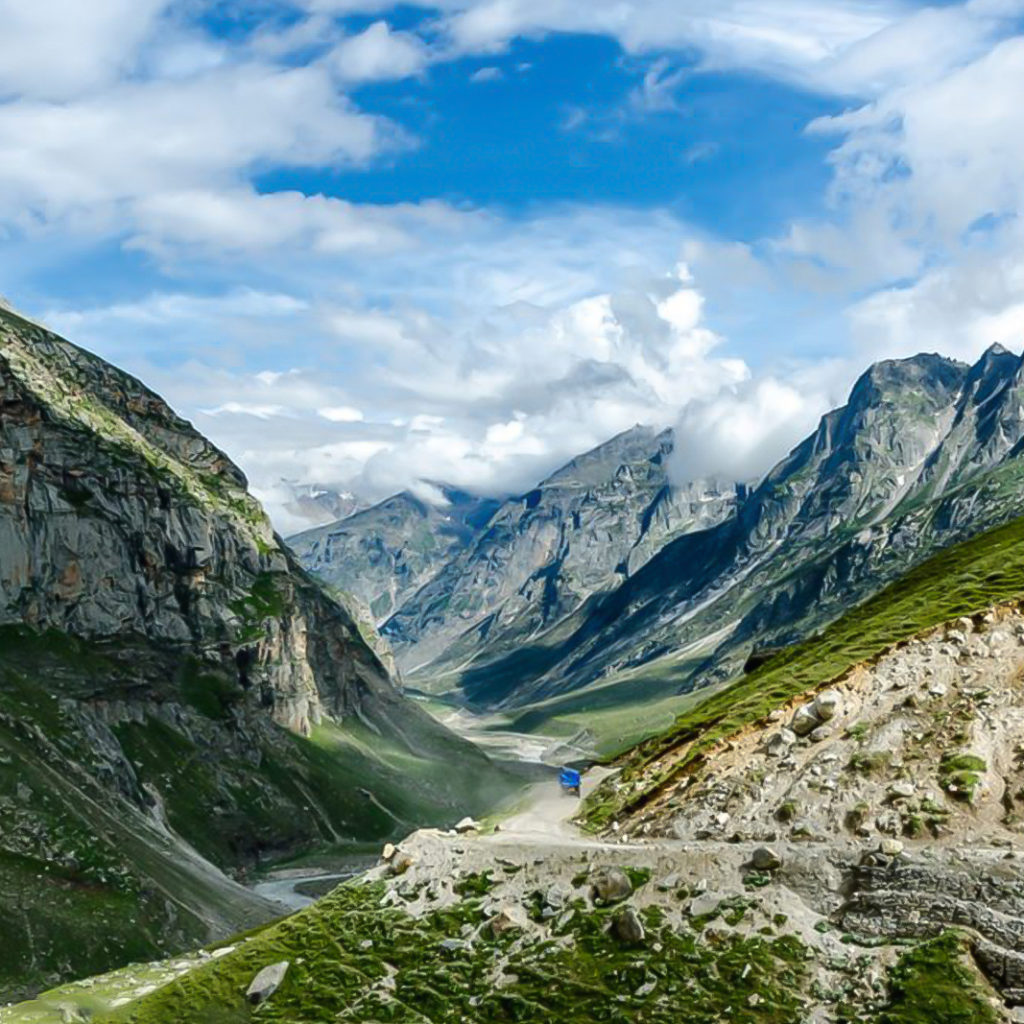
2. Kalatop Wildlife Sanctuary
The Kalatop Wildlife Sanctuary is a well-known wildlife sanctuary that is conveniently located between Dalhousie and Khajjiar. The astonishing diversity of flora and animals, as well as the incredibly scenic and attractive views that can be seen all around, absolutely justifies the appeal and beauty of the sanctuary. Visitors can witness Himalayan serows, deer, leopards, jackals, black bears, langurs, Himalayan black martens, and a variety of other animal species.
Moreover, you can not only see several beautiful endangered species of animals but can also spend some quiet and quality time with your loved ones among the endless number of deodar trees found in the sanctuary’s vicinity, not to mention the beautiful streams that run through the sanctuary and eventually meet the mighty River Ravi. This magnificent refuge, surrounded by vegetation and snow-capped Himalayan hills, would be your greatest introduction to Khajjiar’s natural aura. With only INR 250 per person to explore the stunning flora and fauna reserve, the whole experience is quite inexpensive.
Read More: The Best Guide to Dalhousies’s Kalatop Wildlife Sanctuary
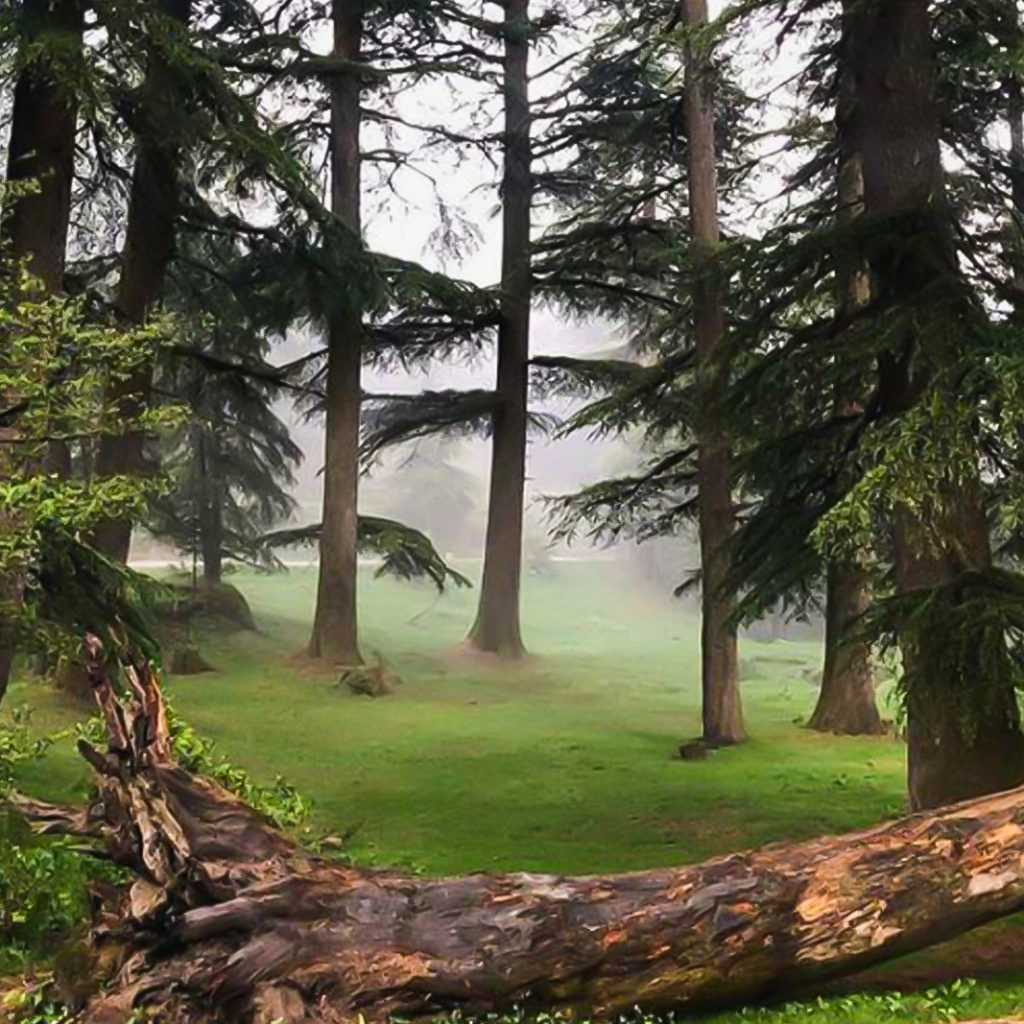
3. Bandli Sanctuary
Located just seven kilometers from Sunder Nagar town, Mandi, Bandli Sanctuary was once a protected forest and now has been converted into a wildlife sanctuary by the Himachal Pradesh government in an attempt to protect the state’s wildlife and restore natural biodiversity balance.
It is well-known for being the home of snow leopards, who may be seen and photographed living in peace and quiet among the dense foliage of the towering trees. Aside from the stunning snow leopards, there are a variety of other animal species to be seen here, making this incredible wildlife refuge the perfect place to visit with friends and family. Himalayan black bear, common palm civet, barking deer, Goral, Indian hare, and Rhesus macaque are among some of the other commonly sighted animal species here.
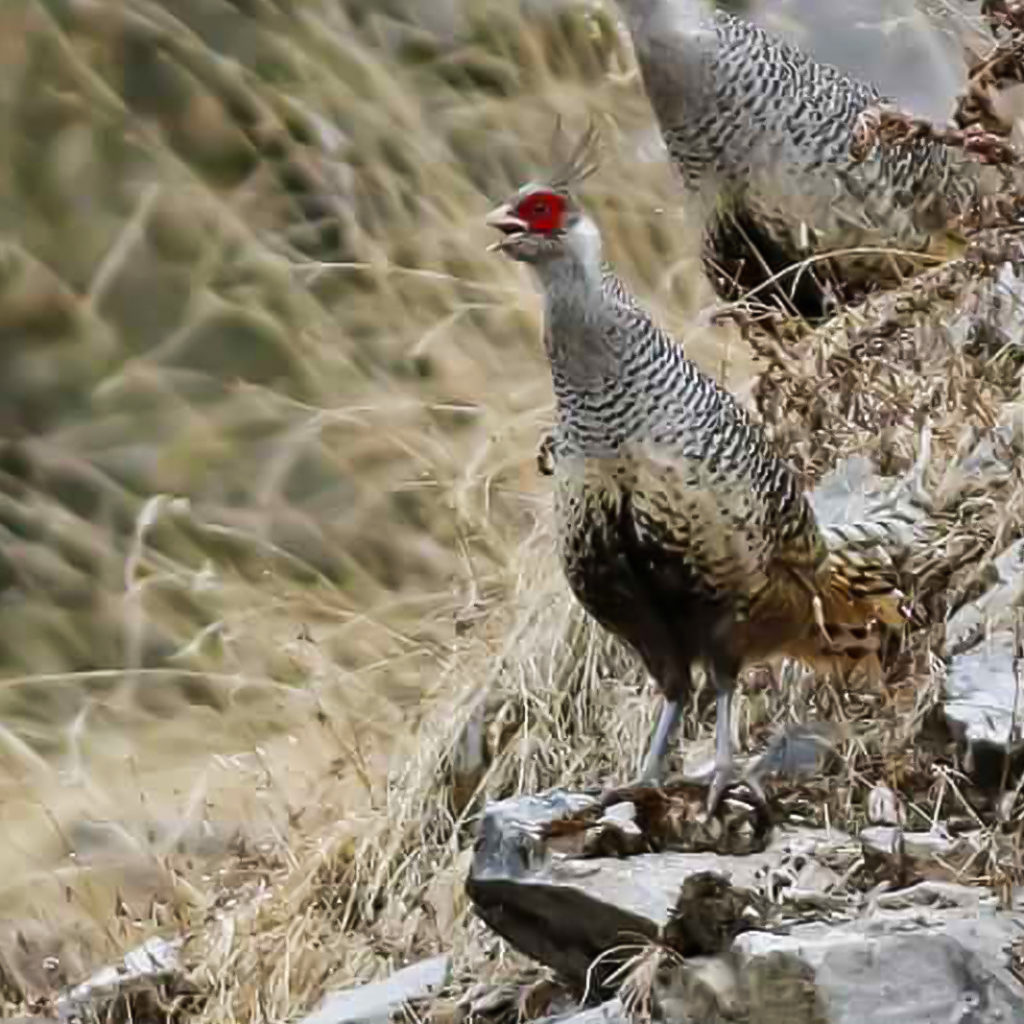
4. Chail Wildlife Sanctuary
Inaugurated officially in 1976, the Chail Wildlife Sanctuary, a treasure located in the state of Himachal Pradesh, is often regarded as one of the top wildlife sanctuaries in the state. It spans over 110 kilometers (68.35 miles) and is located near the town of Chail. Owning to its hill station weather, the climate here is mild and pleasant all year long. And even though it’s open to visitors all year long, the best time to visit is between March and September for someone looking to learn more about the biodiversity here.
Boasting a diverse range of plant species, the sanctuary is also home to Sambar Deer, Cheer Pheasants, Crested Porcupine, Leopards, Himalayan Black Bears, and Wild Boars. Its famous among tourists who are looking to catch
a glimpse of wildlife from close and the beautiful greens of the deep woodland here is truly spellbinding.
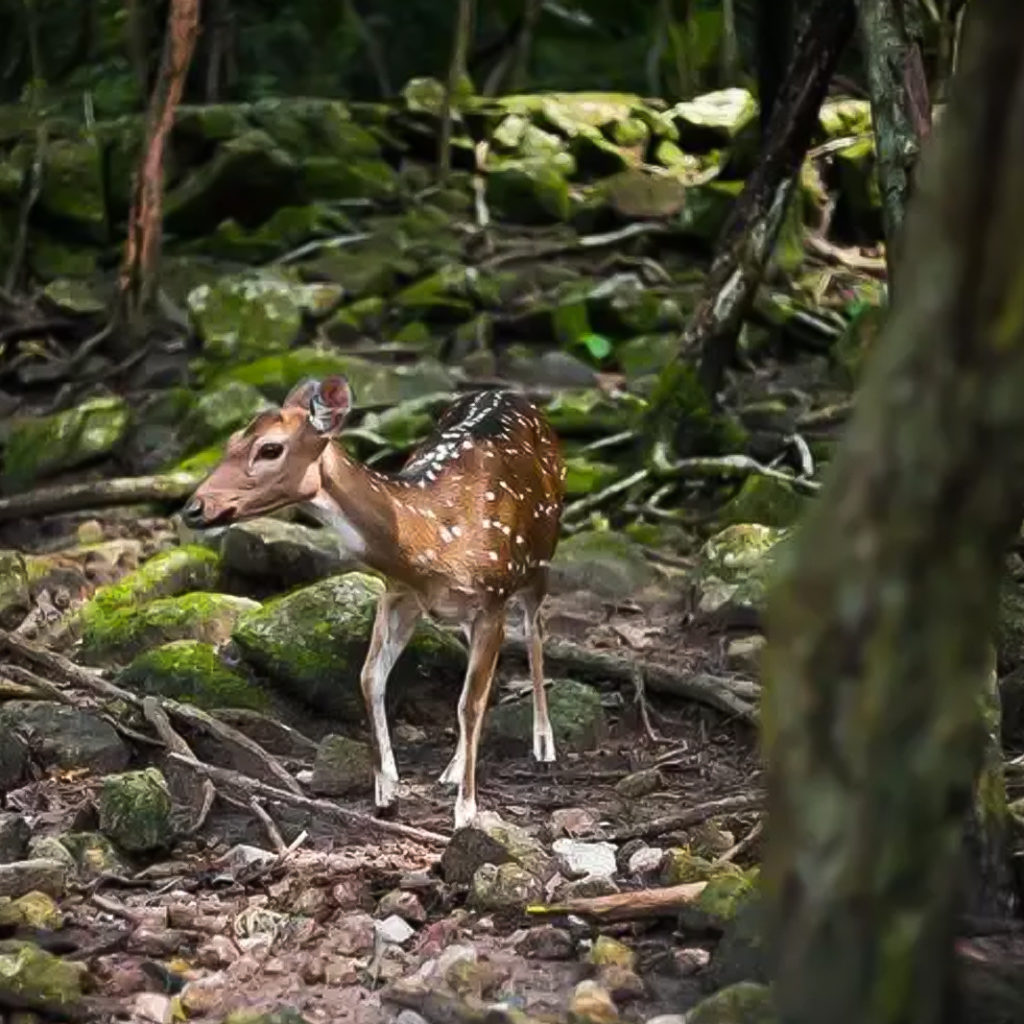
5. Churdhar Wildlife Sanctuary
Churdhar Wildlife Sanctuary is another of Himachal Pradesh’s finest wildlife reserves worth seeing. Founded in 1985, the sanctuary is located atop the Churdhar Peak in the districts of Sirmaur and Shimla. Monal, musk deer, barking deer, Himalayan black bear, langur, and leopards are the main attractions of Churdhar Wildlife Sanctuary.
Moreover, the Indian peafowl, red jungle fowl, and koklass pheasant can be seen coexisting peacefully here. In addition, the flora includes a wide range of oak and deodar trees, as well as lovely scented plants that cover the sanctuary’s grounds. There is also a statue of Lord Shiva within the shrine, which gives the park religious value. Visitors may appreciate the panoramic grandeur of the river Sutlej in the south and Badrinath in the north.
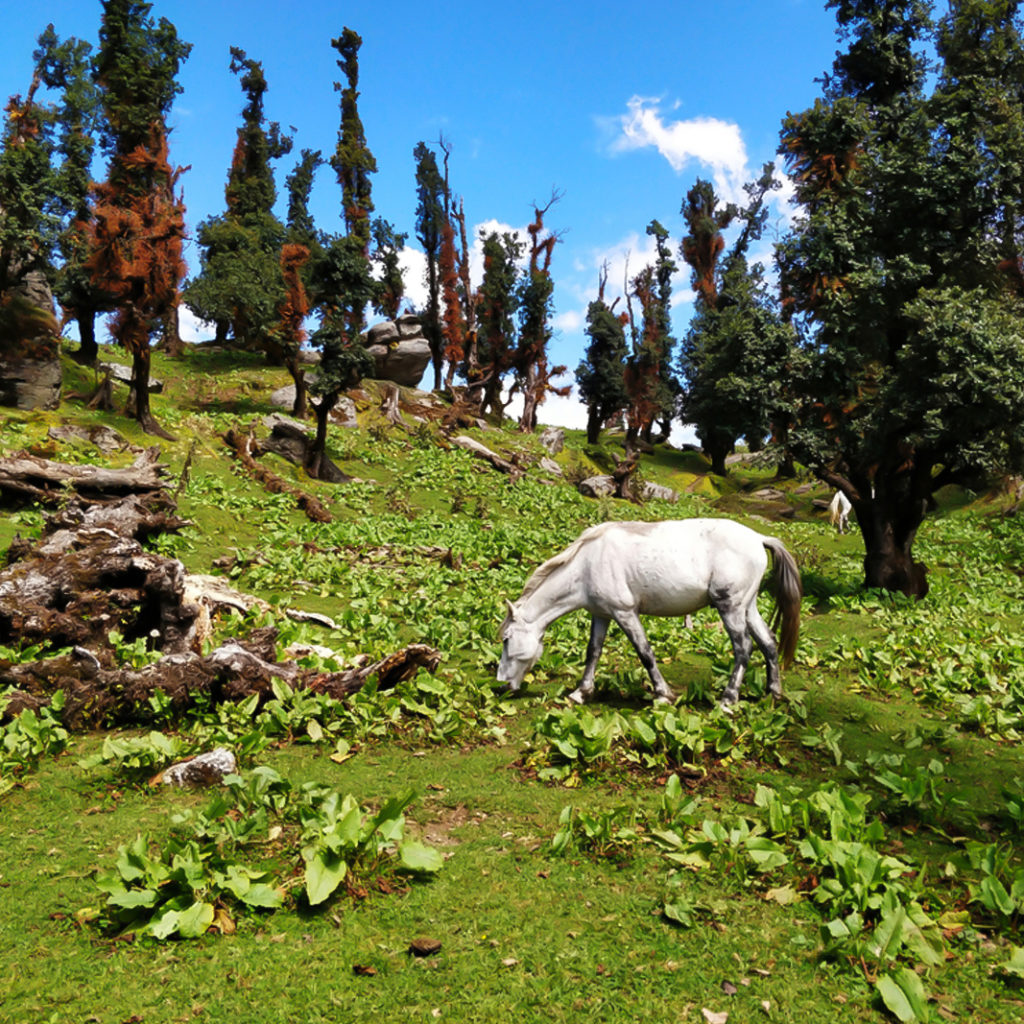
6. Shimla Water Catchment Wildlife Sanctuary
Situated on the northern side of Kufri and only about 8 km away on the east of Shimla Town, the Shimla Water Catchment Wildlife Sanctuary is one of Himachal’s most well-known wildlife preserves. The history of this place dates back to the year 1878 when the actual owner, the Rana of Koti leased the land to the Shimla Municipal Corporation. It was then declared as a protected forest in 1952, and finally, in 1990 it became an official wildlife sanctuary. The Shimla Water Catchment is spread across an area of 10.25 square kilometers and is also connected to the Chail Wildlife Sanctuary through a forest corridor.
The sanctuary has a beautiful topography, with deep Deodar woods that stretch across miles and various hiking and cycling routes. Some of the most common animal species found here are the Indian Common Langur, Rhesus Macaque, Yellow Throated Porcupine, Himalayan Brown Bear, Red Jungle Fowl, Musk Deer, and Cheer Pheasant.
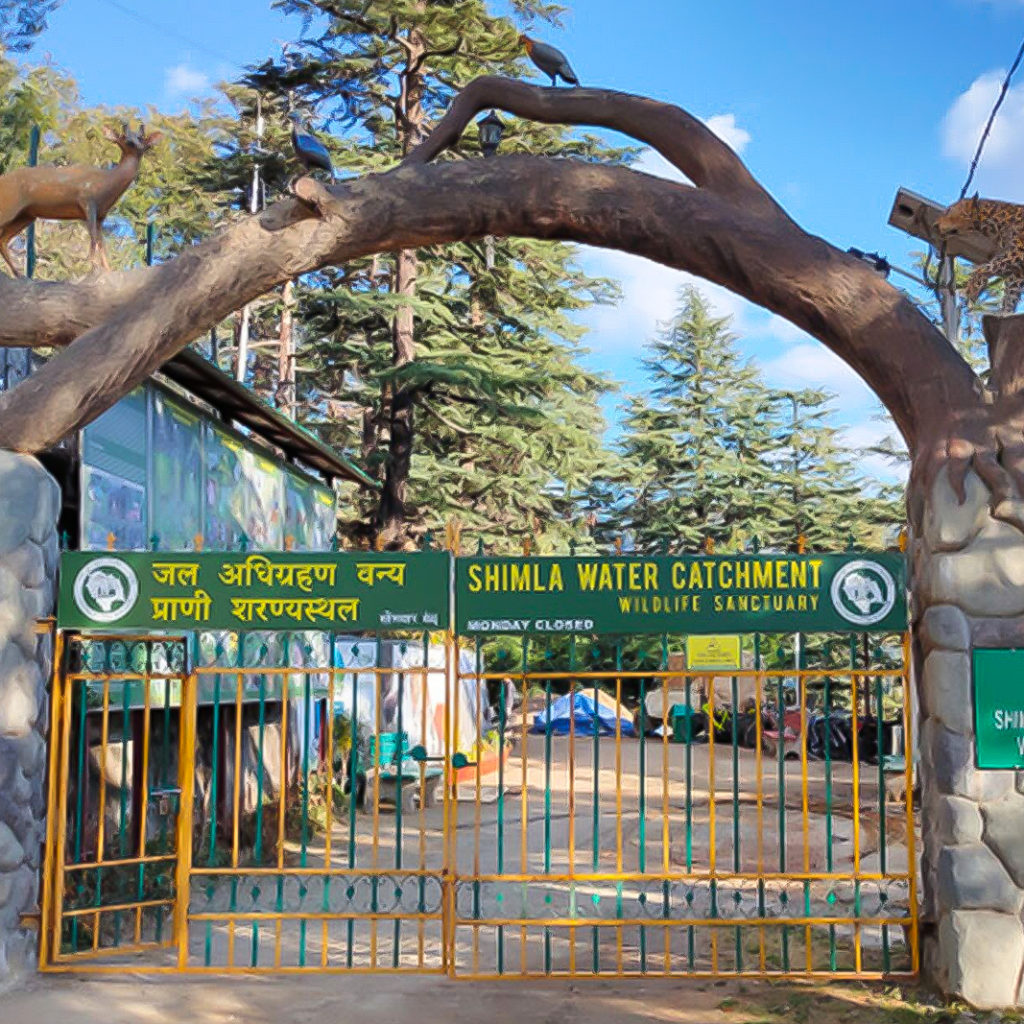
7. Manali Wildlife Sanctuary
The Manali Sanctuary, which is only 2 kilometers from the main town and covers an area of 3,180 hectares was built and declared a wildlife sanctuary under the Punjab Birds and Wild Animals Protection Act of 1933 in 1954.
It is home to a variety of reptiles, mammals, birds including the Flying Fox, Indian Hare, Musk Deer, the Kashmiri Flying Squirrel, Himalayan Black Bear, Himalayan Yellow-throated Marten, Barking Deer, Himalayan Palm Civet, Himalayan Tahr. Surrounded by lush green foliage, Deodar, Kail, Horse Chestnut, and Maple are some of the trees found here. The sanctuary also has a hiking path and different campgrounds inside its grounds, making it a popular destination for thrill-seekers and adventurers visiting Manali.
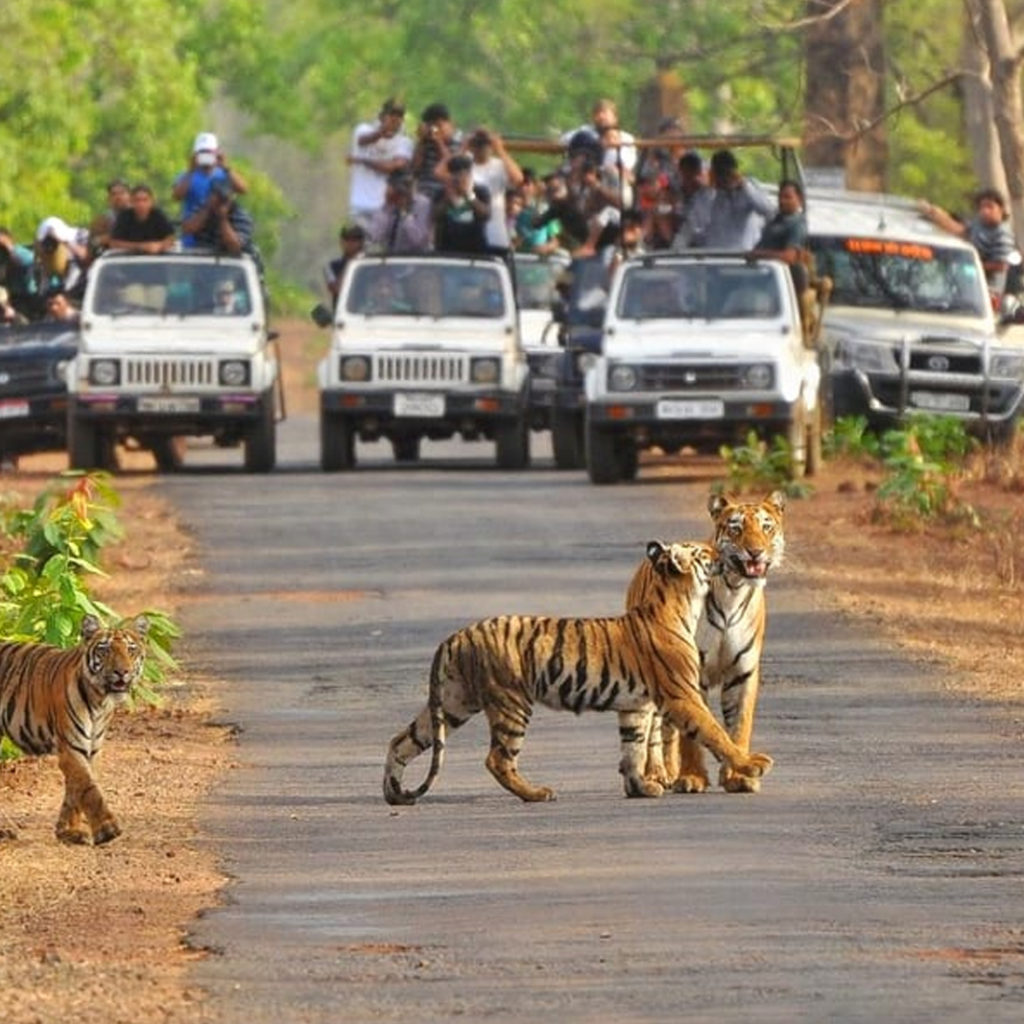
8. Kugti Wildlife Sanctuary
The Kugti Wildlife Sanctuary near Bharmour is Himachal Pradesh’s second-biggest sanctuary. The sanctuary’s topography is diverse and is home to a diverse range of flora and wildlife, including several rare floral species with various therapeutic properties. Monal snowcocks, ibex, white-cheeked bulbuls, red-vented bulbuls, Musk deer, Indian Serow, Snow leopard, brown langur, and Ibex are just a few of the species that you may spot here. The Manimahesh Temple, a prominent pilgrimage site, also sits on the outskirts of the sanctuary making it one of the most visited wildlife sanctuaries in Himachal Pradesh.
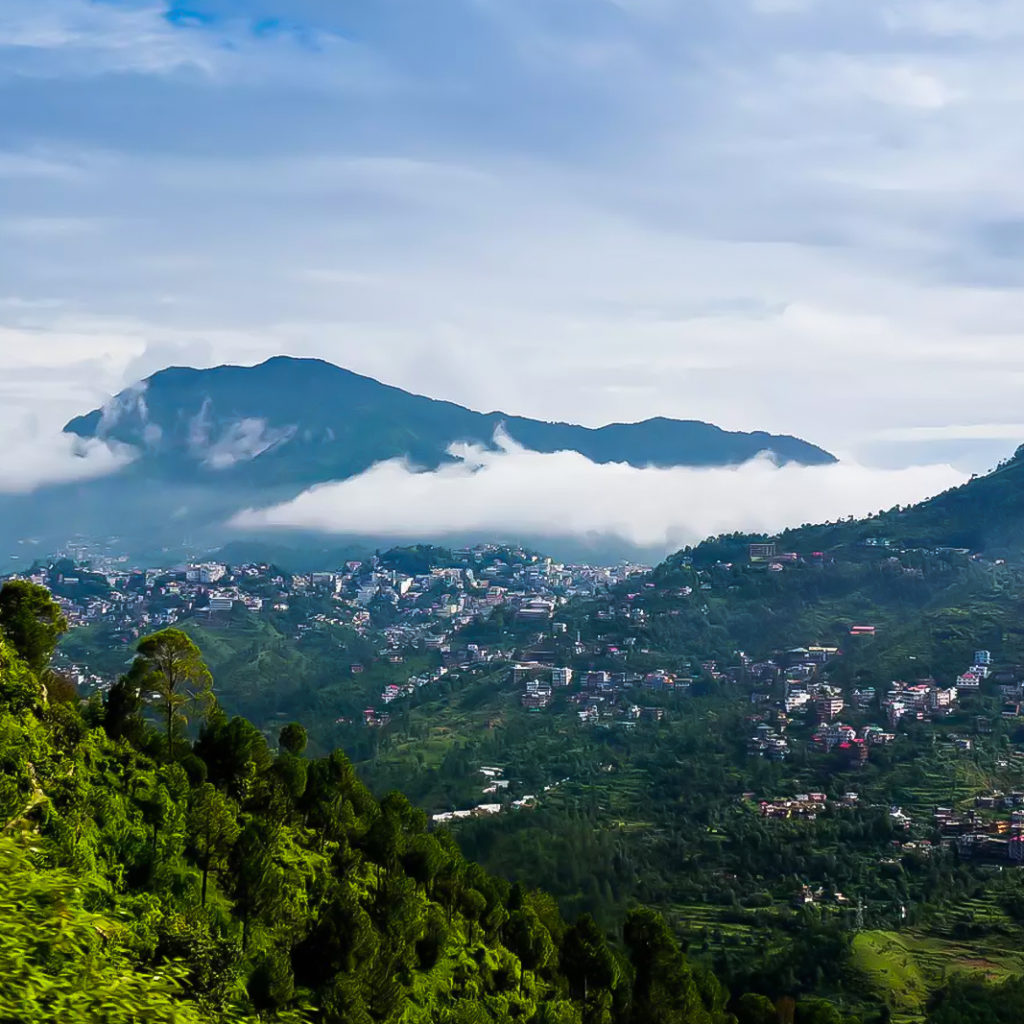
9. Kanwar Wildlife Sanctuary
Founded in 1954, the Kanwar Sanctuary has a total area of 60.7 square kilometers and is often regarded as Kullu’s best wildlife sanctuary. The Himalayan Thar, which is both gorgeous and endangered, is one of the sanctuary’s main attractions. The sanctuary is home to the uncommon “Western Tragopan,” as well as 200 bird species and over 30 animal species including the yellow-throated marten, flying squirrel, snow leopard, brown bear, and golden jackal, Cheer Pheasant, and the White Cheeked Tit.
The park is a confluence of temperate deciduous forest, Himalayan subtropical broadleaf forest, mixed coniferous forest, alpine dry pastures, and alpine dry shrubs, and is located in the bio-geographical zone of the north-west Himalaya.
This animal sanctuary is a must-see for sure because of its gorgeous ambiance, stunning but quite unusual scenery which includes several lakes, springs, and holy monuments.
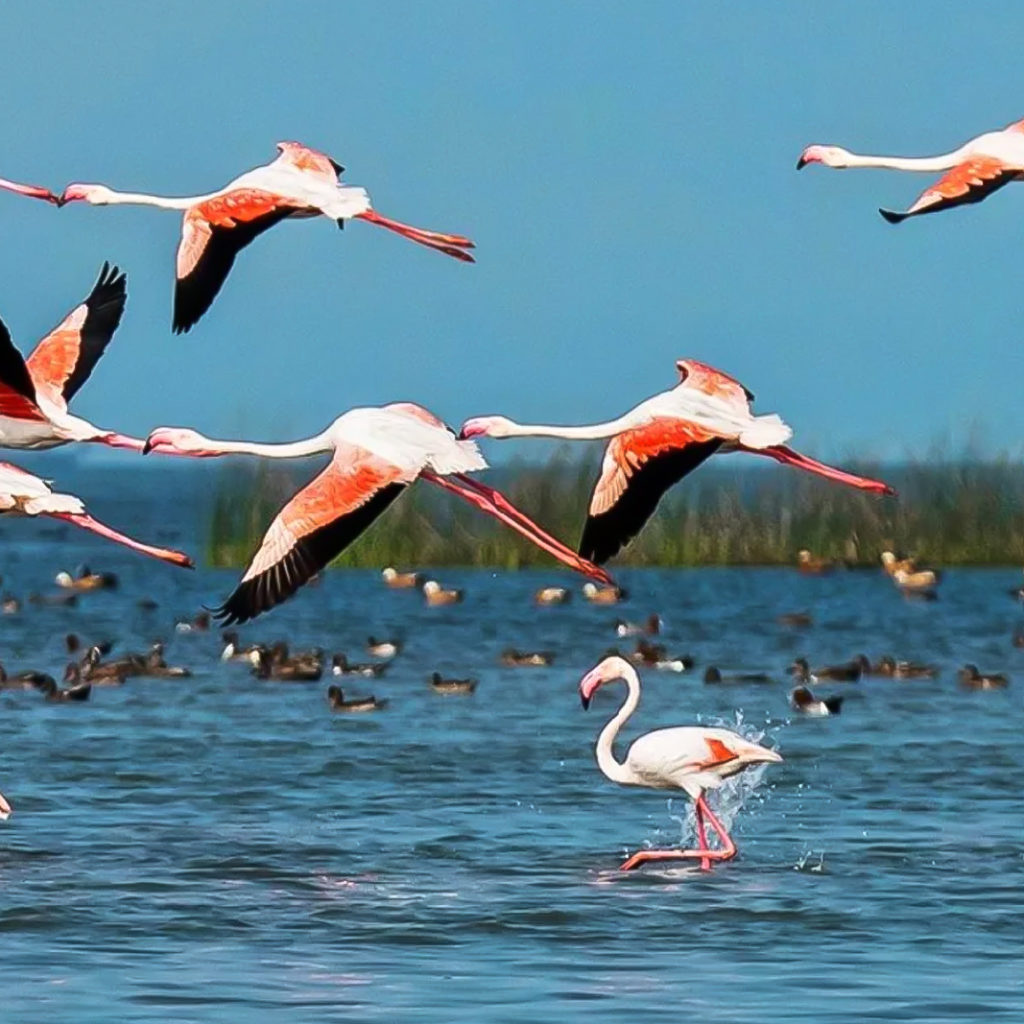
10. Daranghati Wildlife Sanctuary
Daranghati Wildlife Refuge is a stunningly beautiful and well-known wildlife sanctuary located in Kangra, Himachal Pradesh’s heartland. Spanning an area of around 167.40 square kilometers, the sanctuary is situated on both the northern and southern flanks of the massive Dauladhar mountain ranges: Manglab to the north and Nogli Gab to the south. Daranghati also has deep historical and cultural roots with it being the hunting ground of the royal dynasty of Rampur Bushehr.
It is now home to a variety of pheasant species with the ‘Western Tragopan’, a fragile pheasant, being the star attraction. Brown Bear, Flying Fox, Barking Deer, Goral, Indian Hare, Himalayan Ibex Leopard, Serow, Blue Sheep, Common gigantic flying squirrel, Himalayan Palm Civet, and Himalayan Weasel are among the creatures that call the natural refuge home. Bird watchers come from all over the world to visit the refuge with The ‘King of Birds,’ Jujurana, often spotted flying here.


